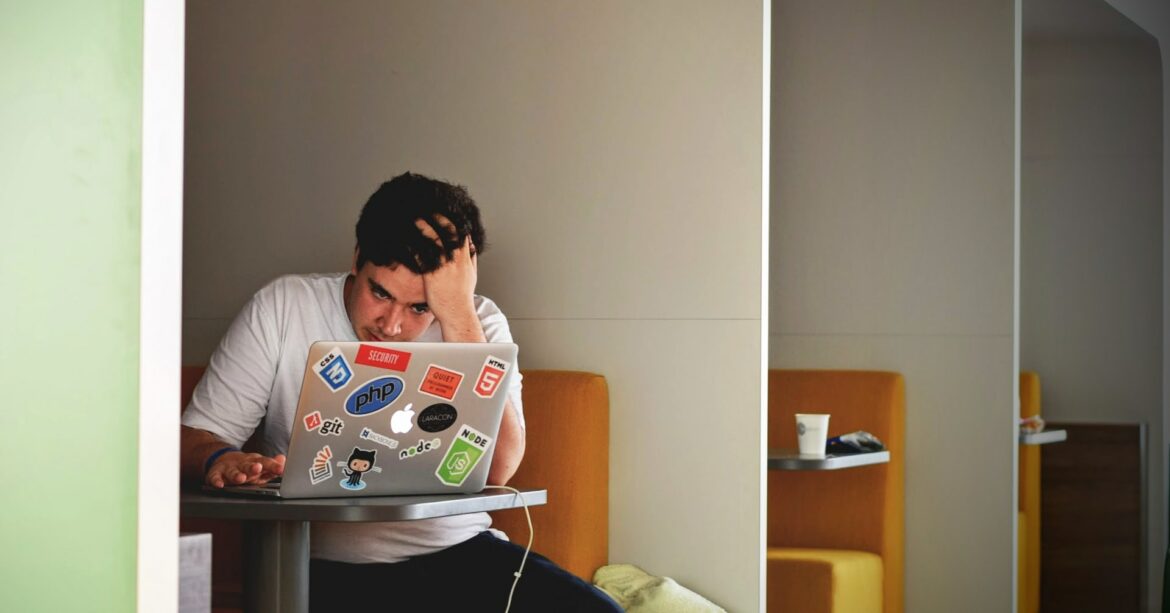Retaining customers’ attention is becoming increasingly difficult in the digital age. With so much competition, it’s easy for users to jump from one website to the next. According to statistics, a user spends an average of 52 seconds on a web page, and this is true across all industries.
That’s a tiny time window to convince a user to stay on your website. If you fail to do so, they are likely to leave and may never come back. So why exactly are people leaving your website?
Here are 3 of the most common reasons:
Table of Contents
Your Website Takes Too Long to Load
It is well known that people have short attention spans, so when a website takes an unacceptable amount of time to load, users may decide not to wait any longer and simply move on to another page. Research shows that almost 70% of consumers feel that page speed influences their likeness to buy.
Long loading times of more than 5 seconds can indicate that the website is not optimised for speed and performance, which could make users feel as though their time is being wasted.
Furthermore, website speed is a Google ranking factor, so slow loading can result in lower search engine rankings. As a result, users are less likely to find the website and may go elsewhere to get what they need.
Your Website Design Didn’t Interest Them
Website design, especially the homepage design, is a critical component for first impressions. Studies reveal that when it comes to websites, 94% of first impressions are related to their design. If a website looks dated, unattractive, or just plain confusing, users may decide to leave without even exploring what the site has to offer.
Website design does not just factor in aesthetics. It is also responsible for user experience. For example, if your website design is cluttered and unorganised, it can be difficult for visitors to find what they’re looking for.
Website design also covers mobile responsiveness. A website that is not optimised for mobile may appear cluttered on a small screen and be difficult to navigate, resulting in users leaving your page. Considering there were over 7.1 billion mobile users in 2021 and possibly even more now, mobile responsiveness is a must for any website.
Your Website Has Poor Navigation
A badly designed user interface or navigation is also one of the most common reasons to lose website visitors. Poor navigation can make a website confusing and difficult to use, leading users to feel frustrated and give up on the site altogether.
61% say that if they don’t find what they’re looking for within 5 seconds, they’ll visit another site. It’s clear that users don’t want to waste time trying to find information or a product.
Several factors can contribute to poor navigation, such as poorly labelled menus, unclear links, and dead-end pages. To ensure that your website navigation is effective and user-friendly, design it to be intuitive and easy to understand.
Final Thoughts
To ensure that users remain engaged with your website, it is important to understand why they may be leaving. The most common reasons include slow loading times, poor navigation, and a lacking website design.
By addressing these issues and optimising your website for speed, usability, and aesthetics, you will be able to keep visitors on your page longer and improve user experience. You can refer to your analytics to see which areas need more attention and make the necessary improvements.
We at Begin with B are also here to help you determine how to improve your website and increase user engagement. Contact us to learn more about how we can help you create an effective and successful website.


